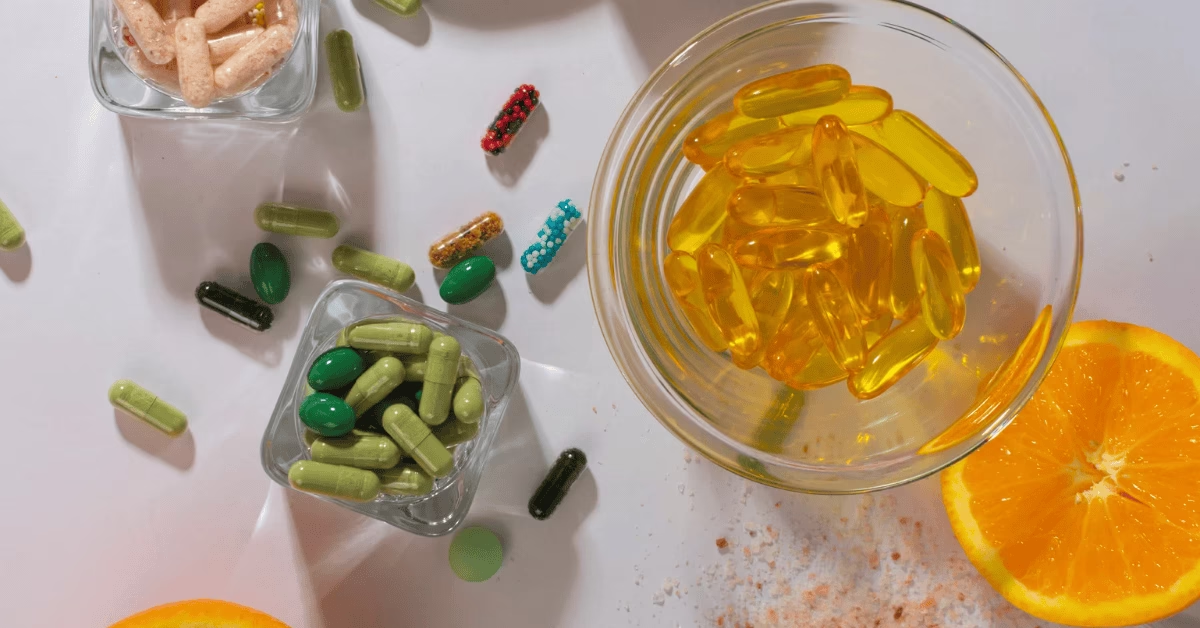Symptoms and Treatment of Vitamin D Deficiency : Vitamin D can be called a basic food for a healthy life. It is the vitamin that gives the body strong bones, powerful muscles, and an active immune system. Interestingly, our body can also make it it self, but the condition is that we get adequate sunlight. If this is not the case, the deficiency gradually increases and causes many problems.
That is why today we will know what the symptoms and treatment of vitamin D deficiency are and what practical steps we should take to avoid it.
Table of Contents
Why does vitamin D decrease?
Many times we do not realize that our daily habits are the cause of this deficiency. Common reasons include:
- Staying indoors most of the time.Not eating foods that contain vitamin D.
- As people age, their body’s capacity to produce vitamin D declines.
- Liver or kidney problems, which hinder the activation of this vitamin.
Being overweight or obese also increases this deficiency.
How to recognize vitamin D deficiency?
This deficiency does not appear immediately but can be estimated from small symptoms. Some of the most prominent symptoms of vitamin D deficiency are:
Persistent fatigue or lack of energy.
Pain in bones and muscles, especially in the legs and back.Frequent colds and infections.Slow healing of wounds.Hair loss or weakness.Frequent mood swings, increased sadness, or depression.If these symptoms appear repeatedly, you should get a blood test to check your vitamin D levels.
Effects of this deficiency
If the deficiency is not controlled, it can take the form of several diseases:
Rickets in children (soft and crooked bones)Bone fractures or osteoporosis in adults Weakened immune systemIncreased risk of heart disease and diabetes
How to treat vitamin D deficiency?
The good news is that this deficiency can be easily corrected; all that is needed is consistency and the right sources.
1. Take advantage of natural light.
Get into the habit of being in sunlight for 15–20 minutes every morning or evening. This is the most natural and safest way to make vitamin D.
2. Use food sources.

Include these things in your diet:Fish such as salmon and sardinesEgg yolksMilk, yogurt, and Butter mushrooms
3. Take supplements.
If the deficiency is severe, consult a doctor and take vitamin D supplements. D3 is usually the most effective.
4. Medical treatment
In case of severe deficiency, expert doctors recommend injections or high doses. This treatment should not be done on your own but should only be done under the supervision of a doctor.
Simple ways to prevent
- Spend time in the open air and light.
- Keep your diet balanced and make vitamin D-rich foods a part of your routine.
- Exercise and control your weight.Be sure to get a blood test for vitamin D once a year.
Conclusion
In short, paying attention to the symptoms and treatment of vitamin D deficiency is essential for a healthy life. As common as this deficiency is, it can also be dangerous. By recognizing it on time and taking the right steps, we can not only avoid diseases but also keep our energy, mental health, and bones strong.
Read this: How to keep apples fresh and crisp for weeks
FAQs
What is the most common cause of vitamin D deficiency?
Spending more time at home or in offices and not getting sunlight is the most common cause.
Can vitamin D deficiency be met through diet?
Yes, but if the deficiency is severe, diet alone is not enough; supplements are needed.
What time of day is best for vitamin D?
It is more beneficial to sunbathe early in the morning or in the evening.
Is excessive vitamin D harmful?
Yes, excessive amounts can have a negative effect on the kidneys and heart, so it should always be taken after consulting a doctor.

